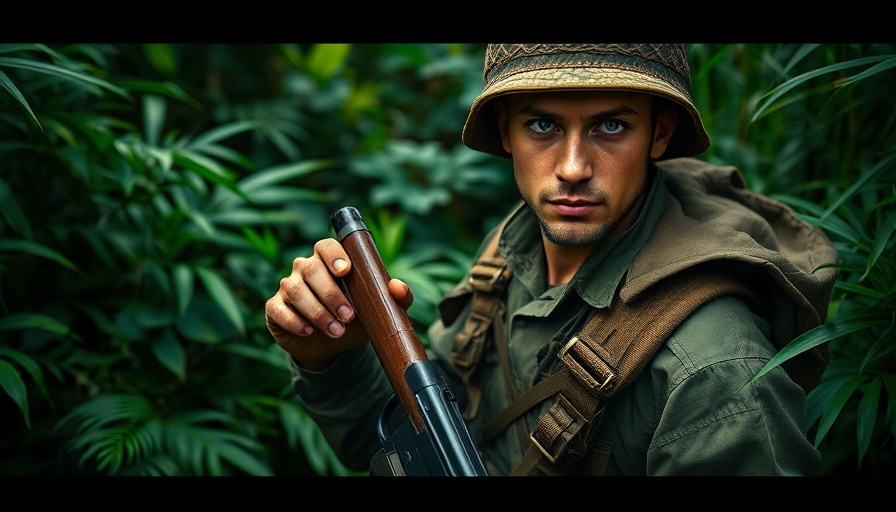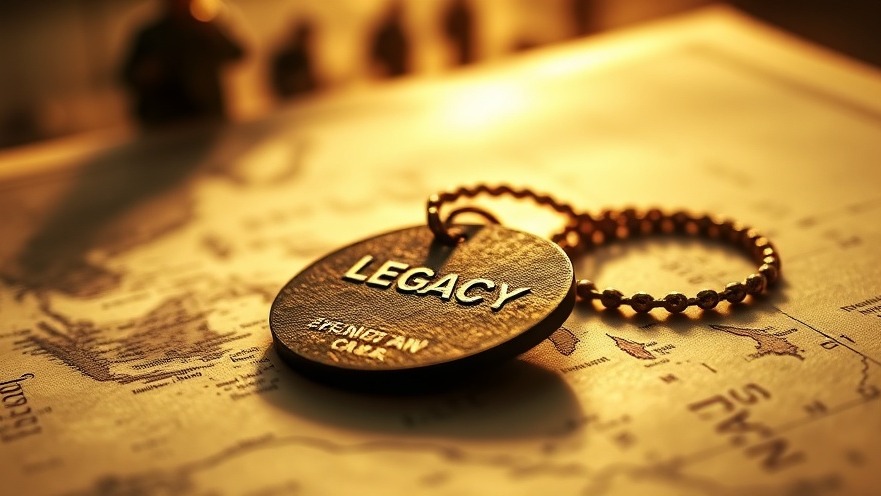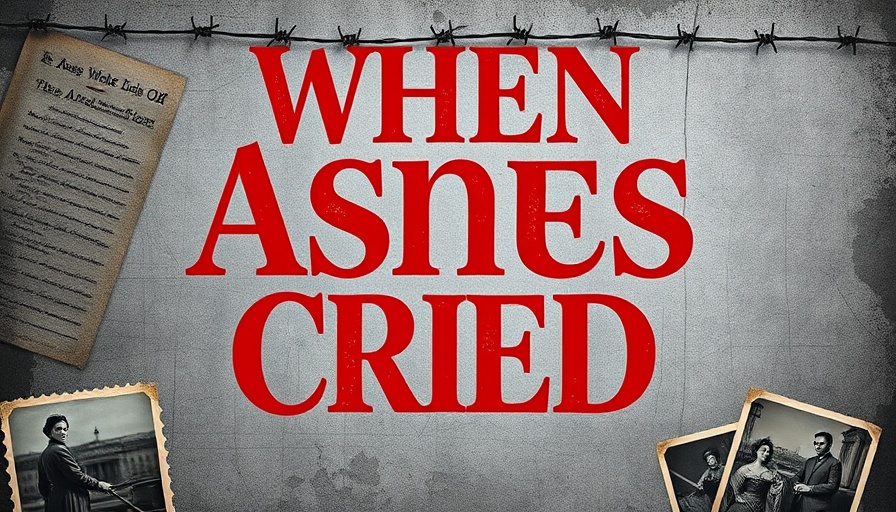
Uncovering the Forgotten Stories of the Pacific War
As we delve into “History Buffs: The Pacific”, we uncover an intriguing analysis of HBO's second World War miniseries, The Pacific. Produced by Tom Hanks and Steven Spielberg, this series has often been hailed as a spiritual sequel to the beloved Band of Brothers, yet it mustered its own unique challenges and narratives. Unlike Band of Brothers, that followed Easy Company, The Pacific opts to explore the stories of three individual marines from the First Marine Division. This powerful shift reveals the complexity of the Pacific Theater and its distinctive historical viewpoints, often overshadowed by the focus on the European front.
In 'History Buffs: The Pacific', the discussion dives into the deeply nuanced narratives of the Pacific War, exploring key insights that sparked deeper analysis on our end.
Shifting Perspectives: Diving Deeper into the Pacific Conflict
The Pacific campaign faced unique challenges due to its geographical and climatic environments, which were often alien to many in the United States. The vast oceanic distances, small islands, and night-time ambush tactics by the Japanese forces contributed to a storytelling landscape that was as complex as it was harrowing. Here, the emotional backdrop of war becomes a critical narrative thread—showing that the conflicts between the United States and Japan were not just battles for territory, but profound struggles for survival and moral understanding amongst soldiers.
The Real Heroes: Lay, Sledge, and Basalone
At the heart of The Pacific are three extraordinary men—Robert Ley, Eugene Sledge, and John Basalone. Ley's poetic recounting of his experiences in Helmet for My Pillow and Sledge’s gritty portrayal of his wartime memories in With the Old Breed bring humanity to the narrative. John Basalone’s valor, culminating in his receiving the Congressional Medal of Honor, evokes a sense of honor amid the chaos of war. Through their lives, we are reminded of the sacrifices made by countless young men during one of history's most tumultuous periods.
Breaking Down Historical Accuracy vs. Artistic License
The series does not shy away from creative liberties, aiming to blend historical facts with dramatic storytelling. For example, while some encounters are fictionalized for narrative flow, the core experiences resonate deeply with their books and real-life accounts. This juxtaposition raises critical questions: how do we balance accurate historical representation with the necessity for storytelling? The dramatic tension of the narrative often comes at the cost of precision, but it enriches the emotional tapestry of the series.
Understanding the Ethical Implications of War
The darker realities of the Pacific War are explored through scenes that depict the brutality of combat and the ethical dilemmas faced by soldiers. The portrayal of Japanese soldiers’ resolute fighting spirit, coupled with American marines' desperate tenacity, reveals the primal nature of survival. Tom Hanks once noted that the war in the Pacific had a different 'DNA' from its European counterpart, and this undercurrent of respect for the enemy adds depth to the narrative.
The Historical Context: A War Less Represented
Despite its lesser representation in popular culture, the significance of the Pacific Theater is undeniable. The series covers the gripping scenes of Guadalcanal, Peleliu, and Okinawa—each site reflecting the harrowing costs of victory. Through these battles, we witness the high turnover and loss as a constant reality, a theme that resonates with the experiences of service members fighting in distant lands. The stark realities of that time come alive in the stories shared, reminding us that the historical conflicts we study are never just figures—they are real lives shaped by unforgettable events.

Watch The Pacific for a gripping narrative that does its best to honor not just soldiers’ stories but the powerful complexities of historical memory. These tales are invaluable in ensuring the lessons of history do not fade away—with each re-telling, we breathe life into the past.
To further explore these profound histories depicted in The Pacific, you may want to look into my recent book, Call of the Blackbird. For more information and insights, visit this link.
 Add Row
Add Row  Add
Add 




Write A Comment